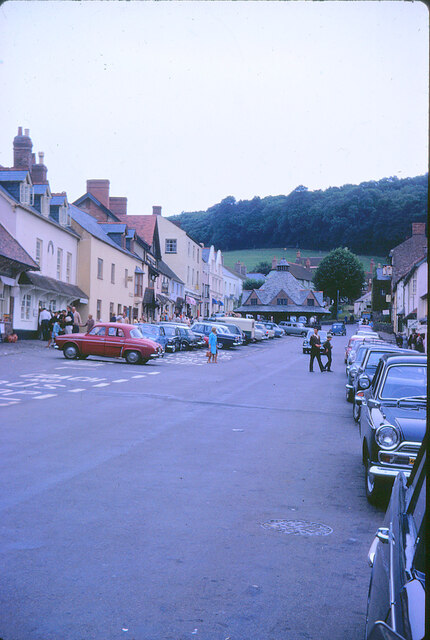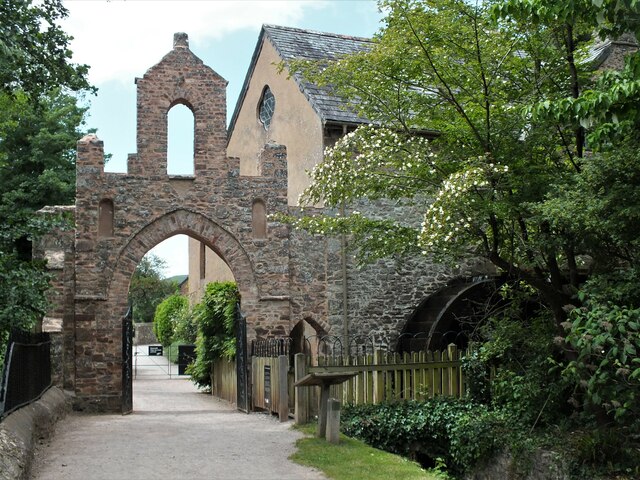Rap Wood
Wood, Forest in Somerset Somerset West and Taunton
England
Rap Wood
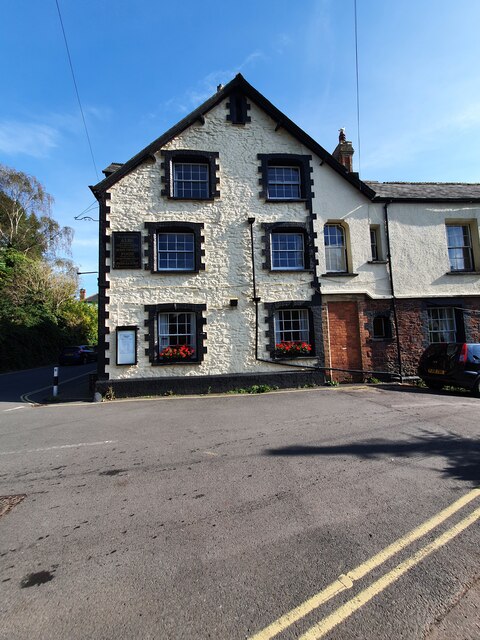
Rap Wood is a picturesque forest located in the county of Somerset, England. Situated near the village of Rap, this woodland is a haven for nature enthusiasts and outdoor adventurers alike. Spanning over several acres, Rap Wood is characterized by its dense canopy of towering trees, diverse flora and fauna, and tranquil atmosphere.
The forest is primarily composed of broadleaf trees, including oak, beech, and ash. These majestic trees create a vibrant and ever-changing landscape throughout the seasons. In spring, the forest floor is adorned with a colorful carpet of bluebells, primroses, and wild garlic, creating a breathtaking sight.
Rap Wood is also home to a variety of wildlife species, making it an ideal destination for birdwatchers and animal lovers. Bird species such as woodpeckers, thrushes, and nuthatches can be spotted among the treetops, while deer, foxes, and badgers roam the forest floor.
Visitors to Rap Wood can explore its numerous walking trails, which offer a chance to immerse oneself in nature and discover hidden gems within the forest. The paths wind through the woodland, leading to secluded clearings, babbling streams, and ancient trees with gnarled trunks. The peaceful ambiance of the forest makes it a perfect spot for meditation, photography, or simply finding solace in nature.
Rap Wood is easily accessible and provides ample parking for visitors. It welcomes people of all ages and abilities, with designated areas for picnics and recreational activities. Whether one seeks tranquility, adventure, or a connection with nature, Rap Wood offers a truly memorable experience in the heart of Somerset.
If you have any feedback on the listing, please let us know in the comments section below.
Rap Wood Images
Images are sourced within 2km of 51.177794/-3.4566277 or Grid Reference SS9843. Thanks to Geograph Open Source API. All images are credited.

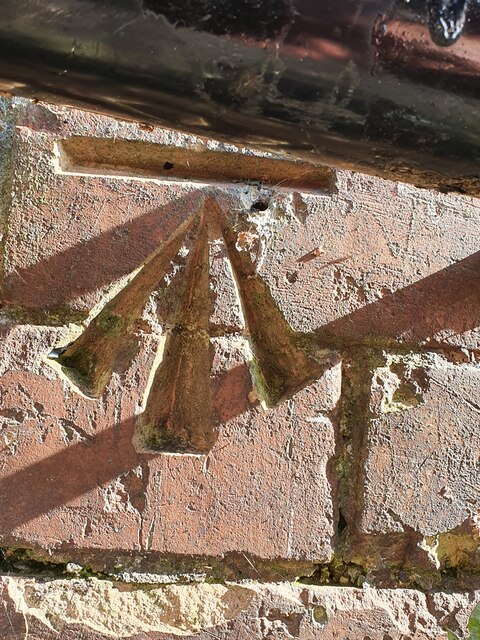
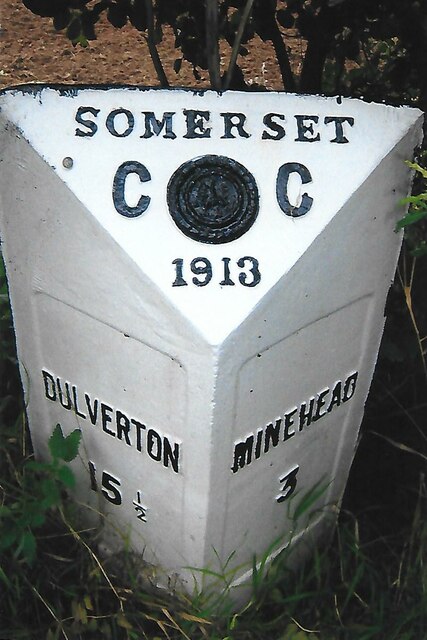
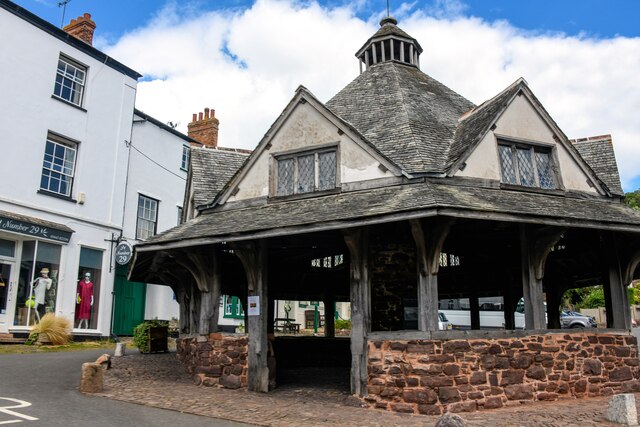

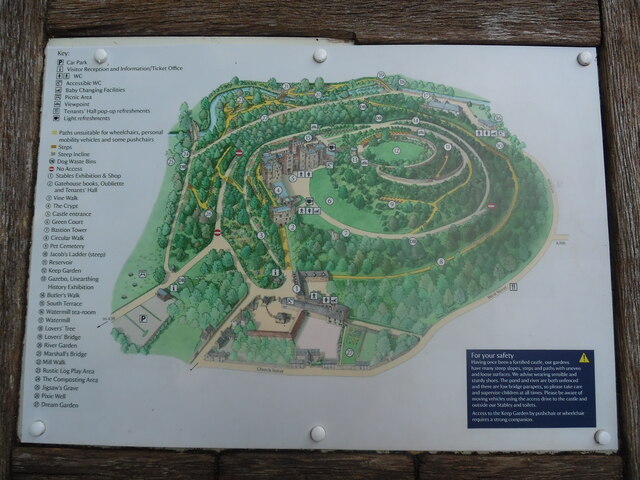




Rap Wood is located at Grid Ref: SS9843 (Lat: 51.177794, Lng: -3.4566277)
Administrative County: Somerset
District: Somerset West and Taunton
Police Authority: Avon and Somerset
What 3 Words
///paler.centrally.speak. Near Minehead, Somerset
Nearby Locations
Related Wikis
Black Ball Camp
Black Ball Camp is an Iron Age hillfort South West of Dunster, Somerset, England on the northern summit of Gallox Hill. It is a Scheduled Monument. It...
Grabbist Hillfort
Grabbist Hillfort is an Iron Age oval hillfort or defended enclosure, west of Dunster in Somerset, England. The site is 885.8 feet (270.0 m) long and 219...
Gallox Bridge, Dunster
The Gallox Bridge in Dunster, Somerset, England dates from the 15th century. It has been designated as a Grade I listed building and scheduled monument...
Dunster Priory
Dunster Priory was established as a Benedictine monastery around 1100 in Dunster, Somerset, England. The first church in Dunster was built by William de...
Nearby Amenities
Located within 500m of 51.177794,-3.4566277Have you been to Rap Wood?
Leave your review of Rap Wood below (or comments, questions and feedback).

